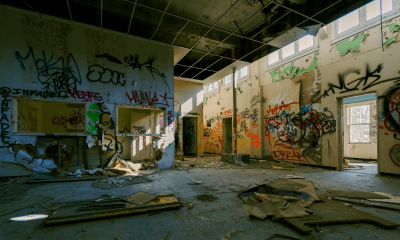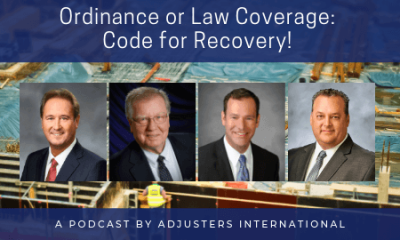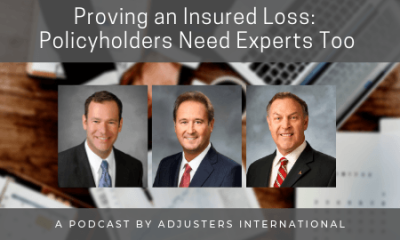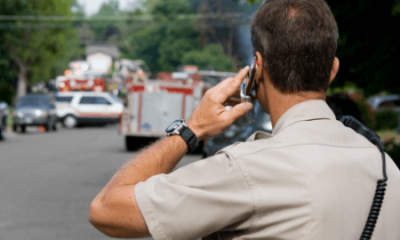Professional Insights of a Public Adjuster – How to Add Confidence to Your Claim
We sat with Tony D’Amico, SPPA and Senior Vice President at Goodman-Gable-Gould/Adjusters International in Richmond, Virginia to discuss how policyholders can be confident that their claim will hold up in a post-disaster environment.
Tip #1: Base your insurance coverage on the insurance company’s reputation, quality of service and the extent of coverage it will provide.
As a policyholder, ask yourself, “What are the most common natural disasters in my area? Does my insurance policy account for such disasters, or are additional coverages needed?” – and adjust your coverage accordingly.
Another great exercise when choosing coverage is to research case studies and other uncommon scenarios that have happened to other policyholders. For example, if you are a retail store, what are some ‘freak-accidents’ that have occurred (for instance automatic sprinkler malfunctions, gas explosions, terrorist attacks, etc.)? Are scenarios such as these covered as well?
The worst way to select coverage for your property is by selecting the lowest cost/premium in order to save a few bucks because in fact, cost is actually coverage. With better coverage comes an increase in cost; conversely, the only way your premium can be reduced is by decreasing the amount of coverage you have on your property. It is up to you as a policyholder to determine how much risk your property holds and to assess the proper amount of coverage needed accordingly.
Tip #2: Understand what your deductible is, and what it means.
Large-scale natural disasters such as earthquakes and hurricanes have significant deductibles that are normally in place. Policyholders may assume that just because they have an insurance policy that they are fully covered regardless of the disaster, while this is simply untrue. In fact, they could be responsible for the first 10%, or even 20% of the total loss depending on their deductible. This could be a substantial amount of money to come up with in times of turmoil.
Example: $100,000 total loss x 10% deductible = $10,000 (that the policyholder must incur therefore only recovering $90,000)
Also, some policies stipulate that the deductible is a percentage of the policy limit on the property involved:
Example: $1 million coverage on a building x 10% = $100,000 deductible (In this instance the loss would need to exceed $100,000 to collect anything)
Tip #3: Recognize your obligations to the insurance company post-disaster.
"First, look to your policy because every insurance policy contains duties of the insured in the event of a loss. You’ll want to be sure that you are in full compliance with the duties that require prompt notice, that require preservation and protection of property, sorting damaged property from undamaged property, possibly filing a proof of loss, etc. It’s very important from a due diligence standpoint that you be familiar with, understand, and fully comply with all of your duties as they’re outlined in the policy…the last thing that you need to be dealing with is a breach of one of these conditions that an insurance company could use to defeat coverage in part or in whole if you don’t comply."
Tip #4: Expect the insurance company to thoroughly analyze your claim.
Understand that your claim must be verified by your insurance company. It will need to be documented, detailed, and involve many representatives in the process. Your insurance company will have their own team of experts such as mechanical engineers, structural engineers, forensic accountants, and more that will come in and “slice and dice your claim.”
The best way to combat this is to have your own set of professionals and your own team of experts such as a contractor, public adjuster, and lawyer whom you trust and are credible.
“I think given the complexity and the time required to navigate through and complete the loss adjustment process, it should be abundantly clear to most people that there is indeed a major benefit that would outweigh the cost of making that recovery by means of the services of a public adjuster.” – Tony D’Amico
For additional information on this topic, visit:
- “A New Way to Think About Property Insurance”
- “Preserving and protecting your damaged property: What are your responsibilities?”
- Adjusting Today “Expecting the Unexpected Part of the Unexpected: Surviving Disasters – Natural or Otherwise”












